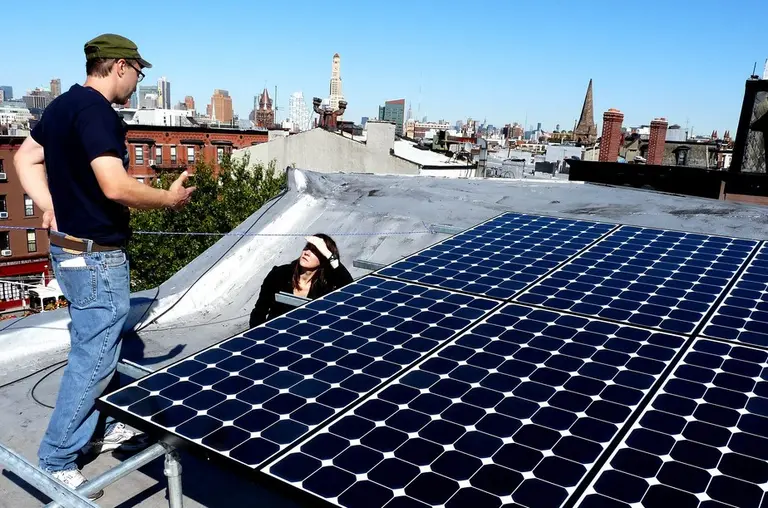July 20, 2016
Urban farms are nothing new to NYC, but the first one at a residential building is taking shape at Staten Island's Urby. The $250 million, 900-unit rental development is located on the borough's North Shore waterfront, just minutes from the ferry, and is a collaboration between Ironstate Development and Dutch architecture and design firm Concrete. There will be 35,000 square feet of retail space, and though the units are quite nice and modern, it's the health-centric amenities that really set this LEED-certified project apart.
Urby will offer an outdoor pool, a two-story fitness center, filtered communal well, landscaped courtyards with fire pits, a rooftop apiary with beehives, a 300-car garage with electric car chargers, and access to a waterfront esplanade. In the food department, there's one of the city's largest urban farms, which is employing New York's first farmer-in-residence, as well as an on-site bodega, cafe, and communal test kitchen.
Check it all out
